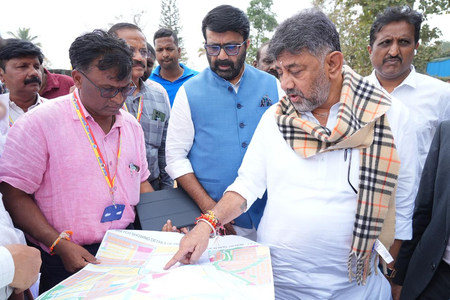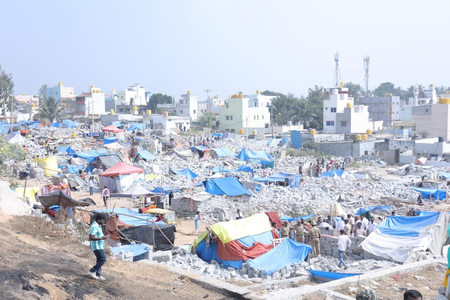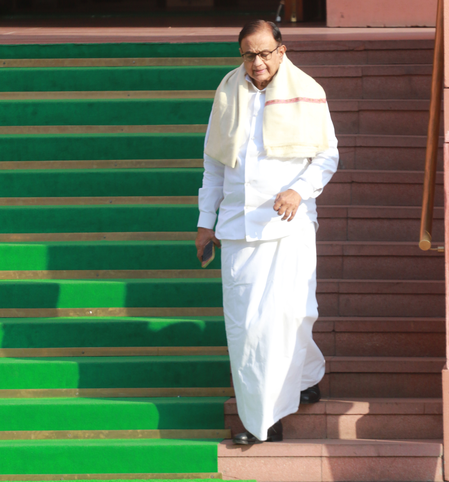
New Delhi, Sep 28 (IANS) Political rhetoric is a powerful tool, but when it crosses the line from persuasion to sensationalism, it risks creating fear and confusion among the public.
Rahul Gandhi’s repeated use of “bomb” metaphors in his political statements raises eyebrows. Is this a strategic political agenda or simply alarmist posturing?
Gandhi first used the “atom bomb” analogy to create suspense for his August 7 press briefing, where he alleged vote theft by the BJP and criticised the Election Commission of India.
The intention was to generate nationwide attention; however, it failed to produce the desired impact. Later, Gandhi undertook his Bihar march to create momentum, but the results remained underwhelming.
He then escalated his rhetoric, claiming to “unleash a Hydrogen bomb” that would reveal “open-and-shut proof” of systematic electoral manipulation.
Congress spokesperson and Rajya Sabha member Jairam Ramesh, close to Rahul Gandhi, went further, claiming Gandhi might release “mini-hydrogen, plutonium, uranium, and other bombs” as part of his campaign against alleged vote theft. Ramesh said this during the CWC meeting at Congress headquarters, ‘Sadaqat Bhavan’, in Patna.
Incidentally, while Ramesh was making these statements, Ladakh was experiencing unprecedented violence on September 24. Ramesh linked this unrest, including the burning of a BJP office, to the issue of vote theft.
Both Gandhi’s and Ramesh’s use of “bomb” metaphors carries dangerous connotations, invoking destruction and fear. It raises the question: why should the Lok Sabha Leader of the Opposition employ such language in political discourse?
As the leader of the Opposition INDIA bloc, the Congress party has the right to hold press conferences and question government policies. However, using terms like “hydrogen bomb” or “atom bomb” risks spreading fear and confusion among citizens.
Adding another layer, Gandhi referenced Gen Z in his social media posts, positioning the youth as defenders of democracy and voters against alleged malpractices.
He posted on X, writing in Hindi (loosely translated): “The youth of the nation, the students of the nation, the Gen Z of the nation, will protect the Constitution, defend democracy, and prevent vote theft. I will always stand with them. Hail India!”
The timing of this reference to Gen Z — after his second press conference on alleged vote theft — is significant. Gandhi aimed to mobilise young people who, he believes, can create a wave against Prime Minister Modi.
But, as Rahul Gandhi was trying to woo Gen Z, his party colleague Manish Tewari said Gen Z criticise dynasts, entitlement, and nepotism.
“The toppling of – President Gotabaya Rajapaksa in Sri Lanka in July 2023, Sheikh Hasina in Bangladesh in July 2024, KP Sharma Oli in Nepal in September 2025 and now the protests against Ferdinand Marcos Jr in Philippines have one word written over them – ENTITLEMENT IS NO LONGER ACCEPTABLE TO GEN X, Y, Z.”
Perhaps Tewari, who was part of the G-23, understands the real cause that led to the situation in these countries — public reaction against nepotism and corruption. The G-23 was formed in August 2020, when 23 senior Congress leaders wrote a letter to then-interim party chief Sonia Gandhi, demanding an “organisational overhaul” and reforms within the party, including a more active and visible leadership after the party’s electoral setbacks. Its members included prominent leaders like Ghulam Nabi Azad, Kapil Sibal, Anand Sharma, and Shashi Tharoor.
While the G-23 failed in its mission, the voters in India do not fail in their verdict. The people pronounce their decision through their vote. They have kept Congress out of power at the Centre since 2014 and limited its influence in states like Uttar Pradesh and Bihar. Yet, the same electorate checked the BJP in the 2024 Lok Sabha elections, signalling that arrogance in power is unacceptable.
History shows that Indians respond to governance and accountability, not hyperbolic rhetoric. The people punished Rahul Gandhi’s grandmother, Indira Gandhi, for the Emergency from 1975 to 1977.
Using sensational rhetoric, such as “bombs”, exposes Gandhi’s own mindset rather than influencing the electorate. In January, he stated that Congress was not only fighting the BJP and its ideological mentor, RSS, but the “Indian state” as well.
In this light, Gandhi’s “bomb” metaphors may reveal more about his strategic desperation than the electoral realities.
While Rahul Gandhi resorts to such tactics in a bid to challenge PM Modi, others have sought to incite religious discord and violent incidents.
Maulana Tauqeer Raza Khan, a politician and Islamic cleric whose party supports Congress, used religious rhetoric to whip up passions, resulting in violence in Bareilly, Uttar Pradesh. Similar unrest was reported in Uttar Pradesh’s Mau, Unnao, Kaushambi, Gujarat’s Gandhinagar, and Karnataka’s Davangere.
These religion-based protests have the potential to create large-scale havoc, comparable in metaphorical terms to atomic or hydrogen bombs. And surely, Rahul Gandhi is aware of the dangerous implications of such rhetoric.
His repeated references to “bombs” in political discourse raise critical questions: is this rhetoric a calculated strategy to mobilise voters, or does it risk creating unnecessary alarm among citizens? Either way, the use of such extreme metaphors highlights the fine line between political discourse and public intimidation.
(Deepika Bhan can be contacted at deepika.b@ians.in)
–IANS
dpb/sd/




